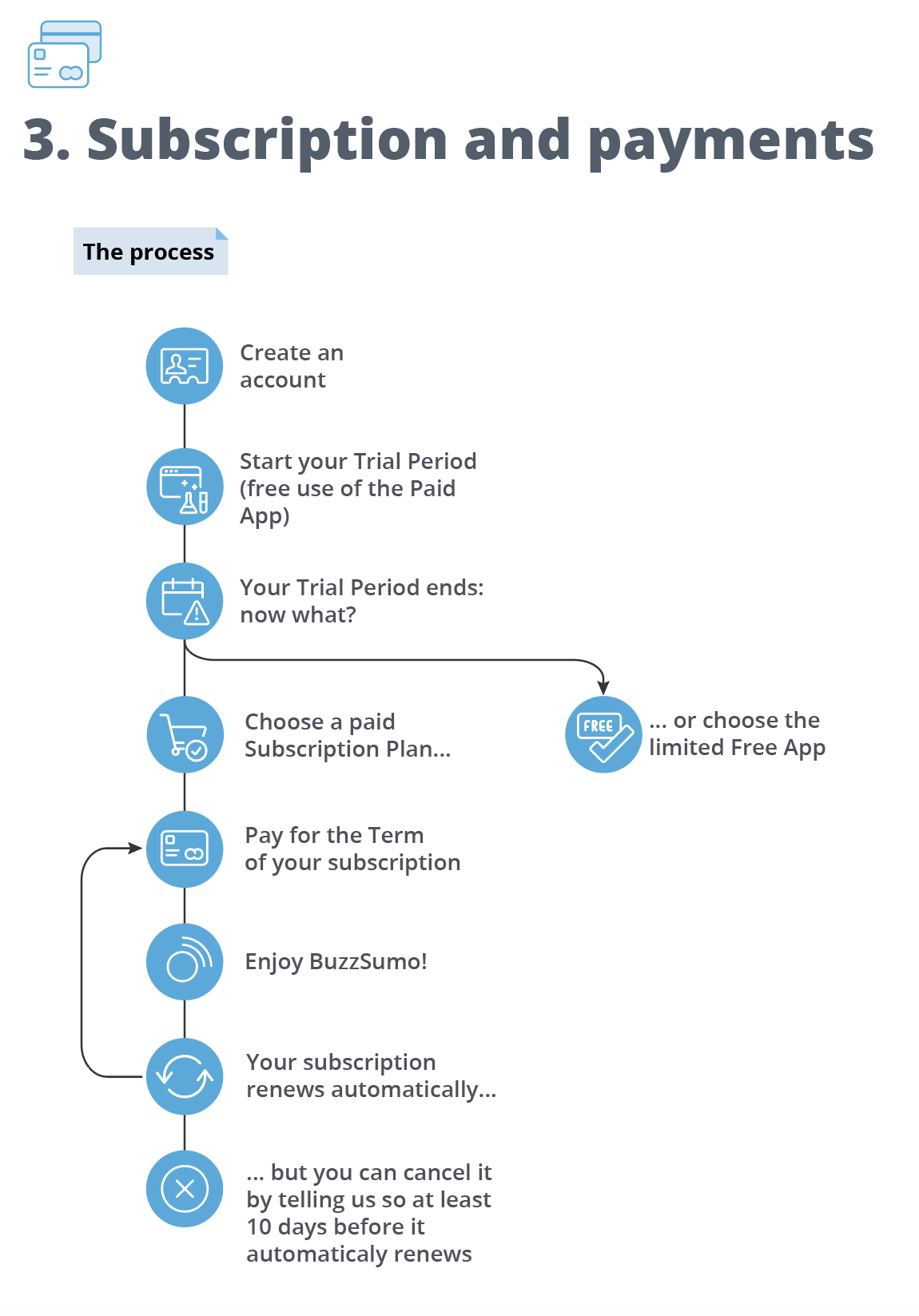Timeline
What is it?
Timelines represent time or duration, a series of steps or processes taking place within a given timeframe, or a sequence of events.
What problems does it solve?
It is not always practical to use words only to describe key events or their sequence; for example, it may not be clear how long prices or terms remain valid or when a contract expires, if and when notice needs to be given, etc
When to use it?
Timelines are useful for clauses that specify duration (such as contract term or a notice or warranty period), list milestones, to-do’s, or deadlines (e.g., delivery, payment, or reporting schedules), or describe steps, tasks, or processes (for example, to give notice to terminate the agreement, make a claim, or perform an audit).
Why use it?
Timelines help explain processes by illustrating the steps that need to be taken, when, and in what order. Presenting actions, requirements, or deadlines in chronological order makes sense to readers, as it mirrors their lived experience: they can see at a glance what will or is expected to happen in the future, and what course of action they need to take. It can also be used to show dependencies or preconditions, for example, which party is expected to perform first.
Where to use it?
- Contract documents and several contract clauses
- Contract guides and playbooks
- Training materials
- Contract planning and negotiation
- Meetings
© 2019 Stefania Passera, Helena Haapio, and WorldCC
Pattern families
Visuals Explainers ReviewingExample 1
Timeline from the BuzzSumo terms of service
The timeline illustrates how a client can subscribe to and pay for the service, and cancel the subscription. It makes the whole process more transparent, clear and predictable from the reader's perspective.
© 2018 Buzzsumo Ltd. Used with permission.
Designer: Stefania Passera

Example 2
Acceptance process timeline
The timeline clarifies the steps of a product acceptance process and the consequences for the supplier if the product is defective and the client rejects it.
© 2016 Stefania Passera. Used with permission.

Example 3
Shell Marine Lubricants Terms & Conditions
A timeline is used to show the consequences of late delivery.
Source: Shell Marine Lubricants Terms & Conditions
© 2018 Royal Dutch Shell plc. Used with permission.
Designer: Rob Waller

Example 4
Using timelines to strategize IP rights allocation
In this example, parallel timelines are used to explain the allocation of background and foreground IP rights in a co-creation case.
Source: The Innovation Matrix and BIS Publishers
© 2019 Deepika Jeyakodi, Mirjam E. Ros, and BIS Publishers. Used with Permission.
Designer: Rachel Ericson-Carmiggelt

Example 5
Construction contract timeline
This timeline was developed to explain to home-owners how the initial completion date and timeline for the project and contract remedies could change depending on a variety of different acts or omissions by the home-owner or due to unexpected events. It was incorporated in construction contracts for both B2B and B2C. The client was the UK's largest construction trade association and the contracts are available only to members (2019).
© 2018 Federation of Master Builders. Used with permission.
Layout: Robert Hempsall. Content: Sarah Fox and Federation of Master Builders

Example 6
Double timeline in Juro's Privacy Notice
A double timeline explains when and how Juro collects users' personal data.
Source: Juro's Privacy Notice
© 2018 Juro Ltd. Used with permission.
Designer: Stefania Passera

Example 7
Cyclical timeline for recurrent annual reporting requirements
Novo Nordisk uses a cyclical timeline in their service specification attachments to their Framework Trading Agreement. Their "annual wheel" shows the reporting requirements for suppliers, which must coordinate with Novo Nordisk’s own budget and audit schedules.
© 2019 Novo Nordisk A/S (Denmark)
Courtesy of Gina Schaar.

Example 8
Duration of the confidentiality obligation in Novo Nordisk's Confidentiality Disclosure Agreement
Novo Nordisk uses a timeline in their Confidentiality Disclosure Agreement to illustrate clearly the duration of the confidentiality obligation.
© 2018 Novo Nordisk A/S (Denmark)
Courtesy of Gina Schaar.

Example 9
Duration of the warranty period
Valmet uses timelines in many provisions of its Service Agreement to illustrate processes clearly. This example shows how timelines can be used to communicate warranty period clauses.
© 2023 Valmet. Used with permission.
Design: Stefania Passera, Paula Doyle, and Peter Hornsby

Share an example!
Have you used timelines in your contracts? You can contribute to the Library by sharing an example.
